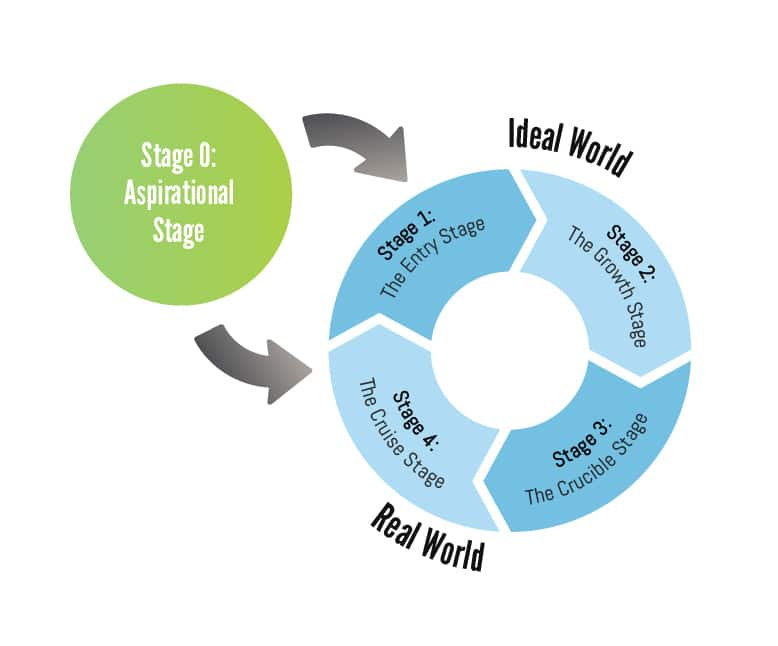Email Marketing Strategies for Small Business Success

In today’s digital age, email marketing remains one of the most effective and cost-efficient strategies for small businesses to reach and engage with their audience. With the right approach, email marketing can drive brand awareness, increase customer loyalty, and ultimately, boost sales. In this comprehensive guide, we’ll explore actionable email marketing strategies tailored specifically for small businesses, helping you harness the power of email to achieve success.
Understanding the Power of Email Marketing
Direct Communication Channel
Email provides a direct line of communication between businesses and their customers. Unlike social why not look here media or other marketing channels, emails land directly in your subscribers’ inboxes, offering a personalized and targeted way to connect with your audience.
Cost-Effective Solution
Email marketing is highly cost-effective, making it an ideal choice for small businesses with limited budgets. With minimal investment, you can reach a large number of subscribers and generate a significant return on investment (ROI).
Measurable Results
One of the key advantages of email marketing is its measurability. Small businesses can track open rates, click-through rates, conversion rates, and other metrics to evaluate the performance of their email campaigns and make data-driven decisions to optimize results.
Email Marketing Strategies for Small Business Success
1. Build and Grow Your Email List
Offer Incentives
Encourage website visitors to subscribe to your email list by offering incentives such as discounts, freebies, or exclusive content. This provides value to your audience and motivates them to join your email list.
Leverage Multiple Touchpoints
Promote your email list across various touchpoints, including your website, social media profiles, blog posts, and physical store (if applicable). Make it easy for people to subscribe wherever they interact with your brand.
2. Segment Your Audience
Personalize Content
Segment your email list based on demographics, interests, purchase history, or engagement level. This allows you to personalize your email content and send targeted messages that resonate with each segment of your audience.
Lifecycle Marketing
Implement lifecycle marketing strategies to deliver relevant content at each stage of the customer journey. Send welcome emails to new subscribers, nurture leads with educational content, and re-engage inactive subscribers with special offers or incentives.
3. Create Compelling Content
Engaging Subject Lines
Craft attention-grabbing subject lines that entice subscribers to open your emails. Keep them concise, relevant, and personalized to increase open rates and encourage engagement.
Valuable Content
Deliver valuable and relevant content that addresses your subscribers’ needs, interests, and pain points. Whether it’s informative articles, product updates, or special promotions, focus on providing content that adds value and builds trust with your audience.
4. Design Mobile-Responsive Emails
Mobile Optimization
With the majority of email opens occurring on mobile devices, it’s crucial to design mobile-responsive emails that render well on smartphones and tablets. Optimize your email templates for smaller screens, use single-column layouts, and ensure buttons and links are easy to tap.
Visual Appeal
Create visually appealing emails with a clean layout, eye-catching graphics, and compelling visuals. Use images strategically to enhance your message and reinforce your brand identity, but avoid overcrowding your emails with excessive graphics.
5. Test and Iterate
A/B Testing
Experiment with different elements of your email campaigns through A/B testing. Test variations of subject lines, email copy, calls-to-action, and design elements to identify what resonates best with your audience and drives higher engagement.
Analyze Performance
Regularly analyze the performance of your email campaigns using metrics such as open rates, click-through rates, conversion rates, and unsubscribe rates. Use these insights to refine your strategies, optimize your campaigns, and improve results over time.
6. Automate Your Email Marketing
Welcome Series
Set up automated welcome emails to greet new subscribers and introduce them to your brand. Use this opportunity to thank them for subscribing, provide valuable information about your products or services, and encourage them to engage further with your brand.
Drip Campaigns
Create drip campaigns or automated email sequences to nurture leads and guide them through the sales funnel. Deliver targeted content based on subscriber behavior, preferences, or interactions with your website to move them closer to conversion.
7. Maintain Consistency and Frequency
Consistent Communication
Maintain a consistent schedule for sending emails to your subscribers. Whether it’s weekly newsletters, monthly promotions, or bi-weekly updates, establish a regular cadence that keeps your audience engaged without overwhelming them with too many emails.
Respect Subscriber Preferences
Respect your subscribers’ preferences and allow them to choose their email frequency and content preferences. Offer options to opt-in or opt-out of specific email types or frequencies to ensure a positive email experience for your audience.
Success Stories: Examples of Effective Email Marketing by Small Businesses
1. Birchbox
Birchbox, a beauty subscription service, sends personalized email recommendations based on customers’ preferences and past purchases. By leveraging data to deliver relevant content, Birchbox has achieved high engagement and customer retention rates.
2. The Hustle
The Hustle, a media company targeting young professionals, sends a daily newsletter with curated news, insights, and analysis on business and tech trends. With a conversational tone and valuable content, The Hustle has built a loyal subscriber base and grown its audience through word-of-mouth referrals.
3. Bonobos
Bonobos, a men’s clothing retailer, uses personalized product recommendations and targeted promotions in its email campaigns. By tailoring content to individual preferences and behaviors, Bonobos has increased customer engagement and driven sales through its email marketing efforts.
Conclusion
Email marketing is a powerful tool for small businesses to connect with their audience, drive engagement, and achieve business success. By building and growing your email list, segmenting your audience, creating compelling content, designing mobile-responsive emails, testing and iterating your campaigns, automating your email marketing efforts, and maintaining consistency and frequency in your communication, you can effectively leverage email to grow your business and foster long-term relationships with your customers. As you implement these strategies, remember to prioritize providing value to your
Leave a Reply